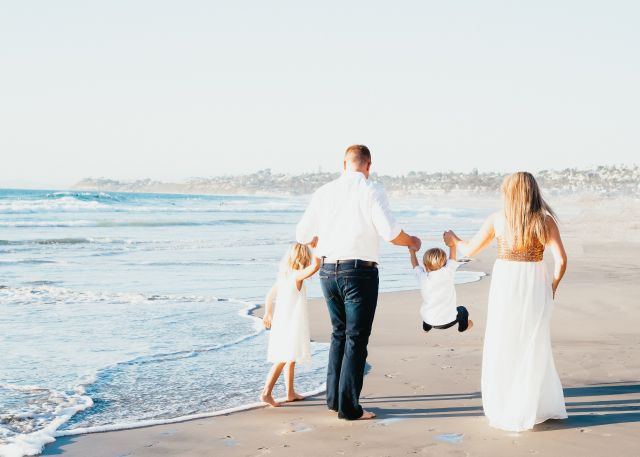
To me, gratitude is about attitude, and being grateful and showing gratitude comes with humility and putting others before yourself. And here’s the psychology behind it. Research shows that if you do something good for someone else you end up feeling better about yourself. Studies have shown that generosity, giving back, and showing gratitude to others actually helps decrease stress and depression and increase life span!
In my professional expert opinion, most children want to be helpful and show appreciation, it’s the way children’s brains are wired. Being thankful is intrinsically motivating, which is behavior that is driven by internal reward. The opposite of this extrinsic motivation, getting money, or a tangible reward like candy or a sticker for doing something good. But instead, positive verbal and nonverbal praise goes a long way with a child. And the more a child is shown thankfulness for good deeds and behavior, the more they will want to continue doing it more and more. It’s naturally satisfying when someone is happy with you.
I believe the best way to teach children lessons in life is by doing. And starting as early as possible! Showing them firsthand how to be grateful and giving back by volunteering and helping those in need. Parents are the role models and it all starts with us. Therefore, I have implemented writing in a Gratitude Journal every morning with my children. This can work really well for children from preschool age to college. You can prompt your children if they need help and then write down a few things/people you are thankful for each day helps gratefulness!
Here are some other ways to teach gratitude for children of all ages and cognitive developmental levels:
Babies: Teach them please and thank you.
Toddlers: Pick new toys at the store and donate them to Toys for Tots, Rady Children’s Hospital, or Operation Christmas Child.
Children: Teach them how to write a thank you each time they receive a gift from someone. Or once a month, make a card and give it to a teacher, friend, or family member and or leave a note and some water and snacks for mail carriers to show appreciation for all of the extra hours they are putting in this holiday season can help them feel grateful for hard-working individuals.
Teenagers: Volunteer at a food bank or a soup kitchen for the day so it can help shape and build their perspective. Or find a good cause to donate to and or participate in like a Susan G Komen Walk for Breast Cancer where they can raise money and walk the walk!
And here are a few of my favorite Gratitude Journals:
Good Days Start With Gratitude: A 52 Week Guide to Cultivate an Attitude of Gratitude
The 3 Minute Gratitude Journal for Kids: A Journal to Teach Children to Practice Gratitude and Mindfulness
How have you shown your children gratitude? I’d love to hear your ideas, too!
